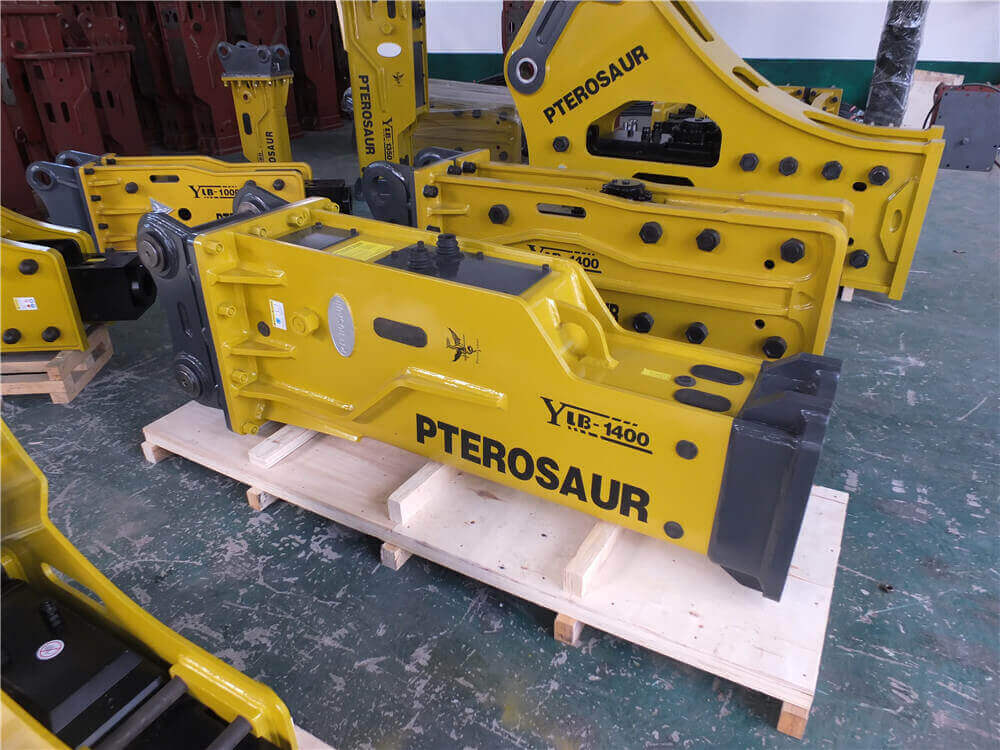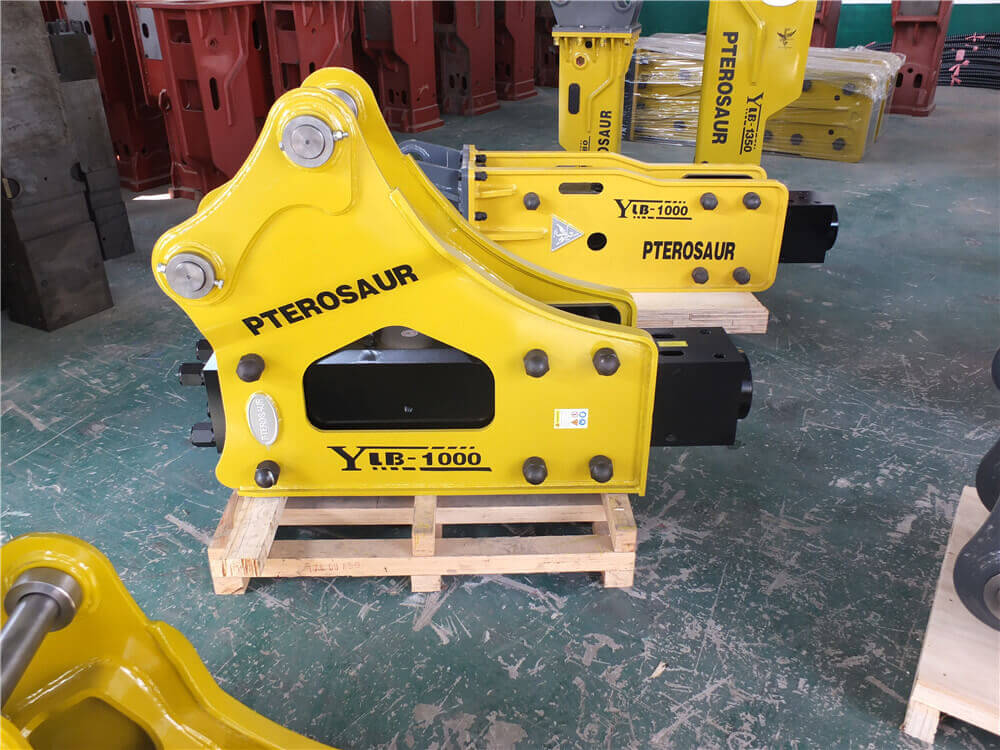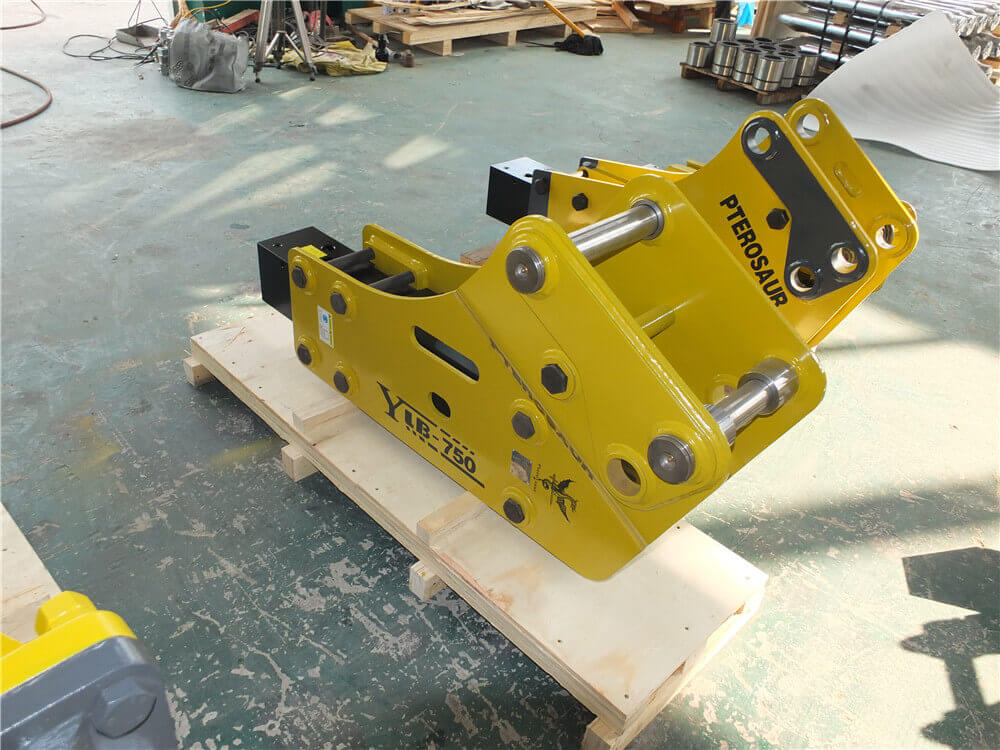
Introduction
Hydraulic breakers are powerful tools widely used in the demolition of reinforced concrete structures. Their efficiency, versatility, and precision make them an essential choice for contractors tackling complex demolition projects, where traditional methods may fall short.
Specific Applications in Reinforced Concrete Demolition
- Efficient Material Breakdown
Hydraulic breakers are designed to deliver high-impact energy, enabling them to effectively break down reinforced concrete quickly. This efficiency significantly reduces the time required for demolition, allowing for faster project completion. - Accessibility in Confined Spaces
Many reinforced concrete structures are situated in tight or hard-to-reach locations. Hydraulic breakers can be mounted on excavators and other machinery, providing the flexibility needed to operate in confined spaces where larger demolition equipment may be impractical. - Reduced Noise and Vibration
Compared to traditional demolition methods like blasting or heavy machinery, hydraulic breakers produce less noise and vibration. This makes them particularly suitable for urban environments where minimizing disruption to nearby residents and businesses is essential. - Controlled and Precise Demolition
The precision of hydraulic breakers allows for targeted demolition, which is crucial when working near sensitive structures. Operators can selectively break down concrete sections while minimizing the risk of damaging surrounding elements. - Environmental Considerations
Hydraulic breakers can help reduce dust and debris during demolition. By using water mist systems in conjunction, operators can further minimize environmental impact, making this method more sustainable.
Advantages and Challenges
Advantages:
- High Efficiency: Rapidly breaks down reinforced concrete, improving project timelines.
- Versatility: Compatible with various types of machinery, enhancing operational flexibility.
- Safety: Reduces the risks associated with manual demolition, protecting workers and adjacent structures.
Challenges:
- Initial Costs: The investment in hydraulic breakers and associated equipment can be substantial.
- Training Requirements: Skilled operators are needed to maximize effectiveness and ensure safety during operation.
- Dust Management: While hydraulic breakers reduce dust compared to other methods, proper dust control measures still need to be implemented.
Conclusion
Hydraulic breakers are an invaluable tool in the demolition of reinforced concrete structures. Their efficiency, adaptability, and precision make them ideal for a range of demolition applications. As the technology continues to advance, the use of hydraulic breakers is expected to grow, leading to more innovative and effective demolition strategies in the construction industry.




